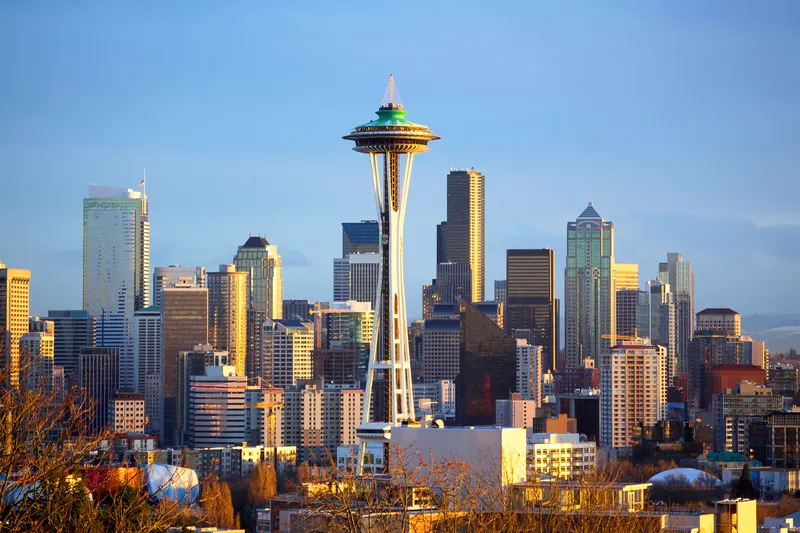Responding to the yesterday’s announcement that there is still no definitive answer to the location of the new Thames Crossing, the message from the Freight Transport Association (FTA) was “don’t delay and let the building begin to help improve capacity and ease congestion at Dartford as soon as possible”.
The Government has stated that Option B connecting the A2 Swanscombe Peninsula with the A1089 has been ruled out of the process, but has failed to confirm as to where the new Lower Thames crossing wil
December 13, 2013
Read time: 3 mins
Responding to the yesterday’s announcement that there is still no definitive answer to the location of the new Thames Crossing, the message from the 6983 Freight Transport Association (FTA) was “don’t delay and let the building begin to help improve capacity and ease congestion at Dartford as soon as possible”.
The Government has stated that Option B connecting the A2 Swanscombe Peninsula with the A1089 has been ruled out of the process, but has failed to confirm as to where the new Lower Thames crossing will be situated and says a final decision will not be made until May 2014.
FTA contributed to the1837 Department for Transport consultation on behalf of its members, stating that a new Thames Crossing would be an integral part of the solution to improve capacity for traffic at Dartford. The Association added that there was an urgent and vital need to ease congestion at what is one of the most important national artery routes.
“Congestion needs tackling now,” declared FTA, stating that the cost of queuing should be taken into account, which for a 44 tonne truck averages £1 per minute, outweighing the cost of the Toll and ultimately the price of constructing the right crossing to relieve what are now real pinch-points at Dartford and the Blackwall Tunnel.
Malcolm Bingham, FTA’s head of Road Network Management Policy said: “FTA believes that today’s announcement brings us no closer to building the much needed new Lower Thames Crossing. There is absolutely no doubt that improving capacity and easing congestion at Dartford is essential.
“After consulting with our members on what the best crossing would be, it was widely considered that Option C would bring the most benefits to the freight industry, and would help tackle congestion at Dartford, and therefore we feel that today’s announcement is simply slowing down the process”.
FTA pointed out that the introduction of free-flow tolling in 2014 will go some way to relieving the queues at the tunnels, but added that even with that, there would still be the requirement for new capacity and there was a definite need to plan more efficiently for the future in order to cope with traffic on these essential routes.
The Government has stated that Option B connecting the A2 Swanscombe Peninsula with the A1089 has been ruled out of the process, but has failed to confirm as to where the new Lower Thames crossing will be situated and says a final decision will not be made until May 2014.
FTA contributed to the
“Congestion needs tackling now,” declared FTA, stating that the cost of queuing should be taken into account, which for a 44 tonne truck averages £1 per minute, outweighing the cost of the Toll and ultimately the price of constructing the right crossing to relieve what are now real pinch-points at Dartford and the Blackwall Tunnel.
Malcolm Bingham, FTA’s head of Road Network Management Policy said: “FTA believes that today’s announcement brings us no closer to building the much needed new Lower Thames Crossing. There is absolutely no doubt that improving capacity and easing congestion at Dartford is essential.
“After consulting with our members on what the best crossing would be, it was widely considered that Option C would bring the most benefits to the freight industry, and would help tackle congestion at Dartford, and therefore we feel that today’s announcement is simply slowing down the process”.
FTA pointed out that the introduction of free-flow tolling in 2014 will go some way to relieving the queues at the tunnels, but added that even with that, there would still be the requirement for new capacity and there was a definite need to plan more efficiently for the future in order to cope with traffic on these essential routes.









